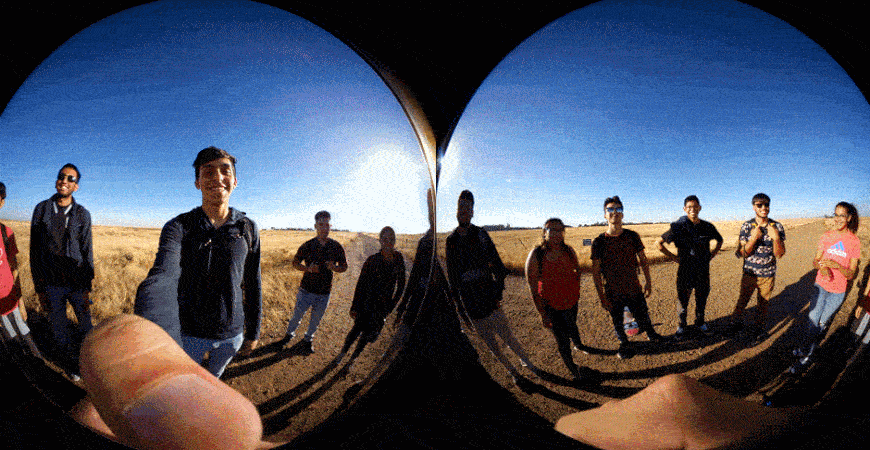
Last week at the UAS lab, the team decided to head to the backyard of the University of California, Merced into Merced's Vernal Pools, in hopes of a successful test flight with the old drone and camera module. As they arrived at their test flight location the platform team began to assemble the drone and checked that all was working correctly. Also, using the software mission planner they mapped out a perimeter for the drone to follow and take pictures.
As they cleared the area and watched desperately for the drone's take-off, the drone began to propel into the air. The team with a positive yell of excitement, the drone was finally in the air and following its designed flight path. As the drone followed its path the camera module was consistently taking pictures at an interval setting. Finally, after waiting for the drone to finish the flight path it landed back safely to its starting point where the imaging team then checked the camera module for the images taken.
Successfully the images were taken with sufficient accuracy and were processed within the imaging team's NDVI software. With the imaging team happy of the results, it shows to prove that the software is working correctly as it should. Additionally, this will also help the imaging team to be able to start accommodating for certain values necessary such as how high the drone should fly and quality of the images taken.
With more testing to come the team hopes to come to a better and clearer understanding of the of the boundaries and limits needed for a successful run. The UAS team marks this day as a success in their books and hopes for more successful flight tests in the future!

